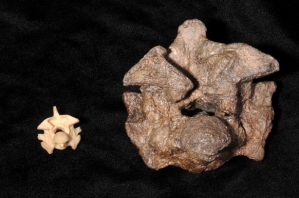February 12th — keep this date in mind and prepare your browser on automatic refresh because the Neanderthal genome is to be unveiled. And just to make it extra special, the date on which we’ll dip into the three billion base pairs of our extinct relative is the 200th anniversary of Charles Darwin‘s birth. Here’s a little extract from the Nature article just to peak your interest:
Comparisons with the human genome may uncover evidence of interbreeding between Neanderthals and humans, the genomes of which overlap by more than 99%. They certainly had enough time for fraternization — Homo sapiens emerged as a separate species by about 400,000 years ago, and Neanderthals became extinct just 30,000 years ago. Their last common ancestor lived about 660,000 years ago, give or take 140,000 years.
I can’t think why we wouldn’t have interbred with Neanderthals. Language of course is one possible reason, acting as a symbolic marker of group boundaries to such an extent that even cultural differences within humans would minimise gene flow (assuming language, or even a protolanguage, was around then). That said, even contemporary humans are quite willing to fuck goats (and god knows what else). So why not the Neanderthals?
N.B. If you’re not familiar with they dynamics surrounding the possibility of Neanderthals having contributed some genes to modern humans, then I strongly suggest you read John Hawks’ Neanderthal FAQ. Also, check out his sections on adaptive introgression.


